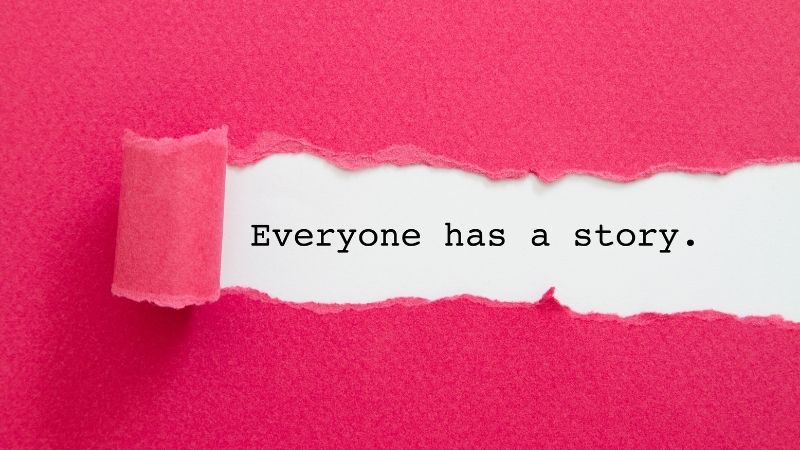Imagine you’re trying to build a bridge between two islands. Good communication skills are the tools that help you build that bridge, making it easier to connect with others. Communication is a key part of our lives, especially at work.
It helps us share ideas, solve problems, and build relationships. Let’s break it down into simple steps.
🔑 Don’t just manage—lead. Our leadership training is designed for people who want to move from managing to making a real impact. If you’re ready to lead, it’s time to join us.
What are Communication Skills and Why They Matter
Communication skills are the abilities we use to give and receive different kinds of information. This can include speaking, listening, writing, and body language.
Good communication skills are important because they help us understand each other better, work together more effectively, and avoid misunderstandings.
In the workplace, strong communication can lead to better teamwork, higher productivity, and a more positive environment.
Steps to Better Communication Skills
Want to supercharge your communication skills? Think of it as giving your words a makeover—simple yet powerful changes can make a world of difference.
I’ve got 8 straightforward tips that’ll help you connect more deeply and effectively with others.
Whether you’re talking to a friend or presenting to a crowd, these tricks will fine-tune your ability to engage and resonate.
Step 1: Listen Actively
Listening is more than just hearing words; it’s about understanding the message behind them. Active listening means paying full attention to the speaker, showing that you’re interested, and responding appropriately. It’s the foundation of good communication.
Emma is in a team meeting. She shows she’s listening by nodding, maintaining eye contact, and not interrupting while others are speaking.
Next time you’re in a conversation, focus entirely on the speaker. Avoid distractions, and try to understand their message before responding.
Step 2: Speak Clearly
Speaking clearly means expressing your thoughts in a way that others can easily understand. Use simple words, speak at a moderate pace, and pronounce your words correctly. Clear communication helps avoid misunderstandings and ensures your message gets across.
John has an idea for a project. He explains it to his team using simple language, speaking slowly and clearly, so everyone understands.
Practice speaking slowly and clearly in your next conversation. Pay attention to how you pronounce your words.
Step 3: Use Positive Body Language
Your body language can say as much as your words. Positive body language, like smiling, making eye contact, and nodding, shows that you are engaged and open to communication. It helps build trust and makes others feel comfortable talking to you.
Lisa is discussing a project with a colleague. She faces them, maintains eye contact, and smiles, showing that she is interested and engaged.
In your next interaction, pay attention to your body language. Make sure it is positive and welcoming.
Step 4: Be Concise
Being concise means getting to the point without unnecessary details. It helps keep the conversation focused and makes it easier for others to understand your message. In the workplace, this can save time and improve efficiency.
Alex is writing an email to his boss. He keeps it short and to the point, focusing only on the main message.
When you write an email or speak in a meeting, try to be as concise as possible. Focus on the main points and avoid going off-topic.
Step 5: Ask Questions
Asking questions shows that you are engaged and want to understand more. It can clarify any doubts and encourage deeper conversations. It also shows that you value the other person’s input.
Maria is in a training session. She asks questions whenever she doesn’t understand something, making sure she fully grasps the concepts being taught.
In your next conversation or meeting, ask at least one question to show your interest and to clarify any uncertainties.
Practice Answering Tough Questions
Step 6: Give Constructive Feedback
Constructive feedback helps others improve by pointing out what they did well and what they can do better. It should be specific, kind, and focused on improvement. Good feedback can help build better working relationships and improve performance.
David reviews his teammate’s work. He praises the good parts and gently suggests ways to improve the weaker areas.
Next time you give feedback, start with something positive, then provide specific suggestions for improvement.
Step 7: Practice Empathy
Empathy means understanding and sharing the feelings of others. It helps build stronger connections and improves communication. When you show empathy, people feel heard and valued.
Sarah notices her colleague looks stressed. She asks if they’re okay and offers to help with their workload.
In your next interaction, try to put yourself in the other person’s shoes. Show that you understand and care about their feelings.
Step 8: Improve Your Writing Skills
Good writing skills are essential for clear and effective communication, especially in emails and reports. Make sure your writing is clear, concise, and free of errors. This helps convey your message accurately and professionally.
Jake writes a report for his boss. He takes the time to proofread it, ensuring there are no mistakes and that the message is clear.
Before sending your next email or report, take a few minutes to proofread it for clarity and errors.
Improve your communication skills.
Improving your communication skills is like building a bridge that connects you with others more effectively. By listening actively, speaking clearly, using positive body language, being concise, asking questions, giving constructive feedback, practicing empathy, and improving your writing, you can become a better communicator.
These steps will help you build stronger relationships, work more efficiently, and achieve your goals. Start today, and take these easy steps to improve your communication skills.
You can do it!











